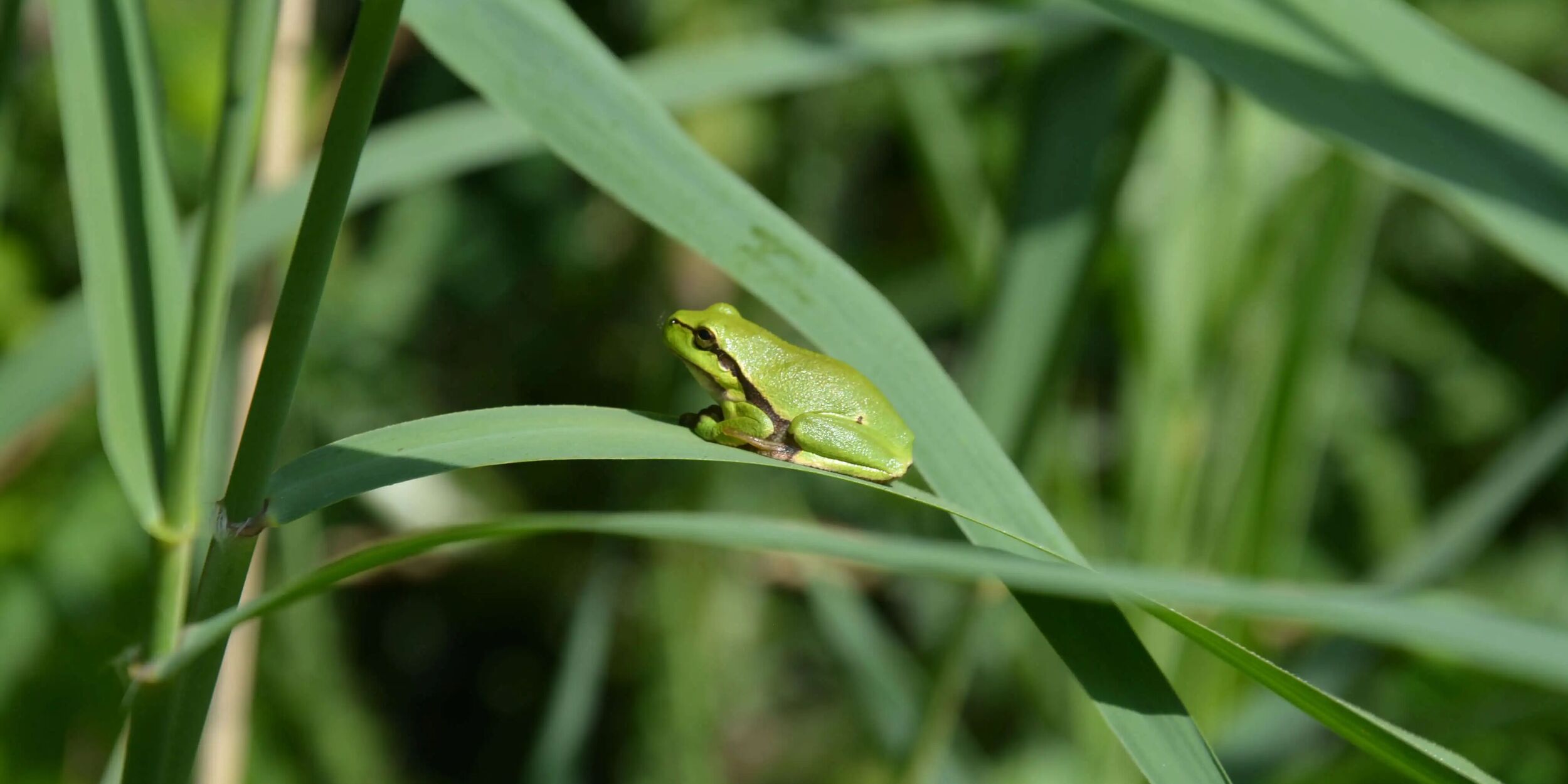De Zig, tested for you on 2 March 2025
The start
We started our walk in the car park along the Abeek on Doornslagstraat in Kinrooi, which takes you through the neighbourhoods before reaching the nature reserve. If you are not planning to visit Het Goort afterwards, it is better to park at the end of Beerselerdijk and walk to De Zig via the Abeek. From the first car park, you will also enter the reserve via the Nieuwe Lossing after passing the buildings.
The birdwatching hut
The reserve, managed by Limburgs Landschap vzw, is an extension of the extensive reserves of St.-Maartensheide-De Luysen, Het Stamprooierbroek and Het Grootboek, making it a magnet for birds that follow the stream valley towards the Meuse valley.
Right from the start, you will come across the old birdwatching hut, which offers a view of the first open pools. Unfortunately, we don't see much. Overgrown bushes and reeds obstruct the view, making it very difficult to spot birds.
Broekbossen, boardwalks and agricultural roads
So you quickly resume your journey. A dated boardwalk, overgrown with moss, winds its way through the old marsh forests and invites you to take beautiful photos. You soon notice that agriculture is never far away in De Zig. Out of necessity, the yellow-red route that we follow here in a clockwise direction only takes you along paved roads. To avoid this, we take a detour through a small forest on the other side of Belestraat. Not really recommended. The forest path is poorly maintained and full of mud and deep puddles. We advise cutting this section out unless during dry periods.
The large lake, birds everywhere
When you re-enter the nature reserve, you will end up on the dike of the Abeek opposite the large central lake, a remnant of early sand extraction, via the wet woodlands. This lake is enclosed between the Nieuwe Lossing in the north and the Abeek in the south. The lake itself is surrounded by extensive reed beds, but nowhere on the walk do you get a good view of the water. Don't worry! The reed beds are popular habitats for birds such as the reed warbler, reed bunting and bluethroat, while hunting marsh harriers are often spotted above the reed vegetation. Along the banks of the streams and canals, you will notice numerous gnaw marks made by beavers, and at any moment you may see a kingfisher flash by. In the distance, we hear a goshawk marking its territory.
Back along the Nieuwe Lossing
Where the Abeek splits into the Nieuwe Abeek and the Nieuwe Lossing, follow the latter back towards the car park. The marked walking trail only makes short loops on the left side through and along agricultural areas, but these offer no added value. It is best to leave these to your left, both literally and figuratively, and continue to follow the stream downstream, which will keep you in the middle of nature. The visit to De Zig ends back at the birdwatching hut. From there, you can return to the car park via the residential area. If you haven't had enough by then, you can seamlessly continue on to the Het Goort nature reserve, also managed by Limburgs Landschap.
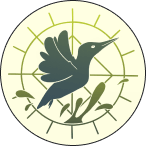

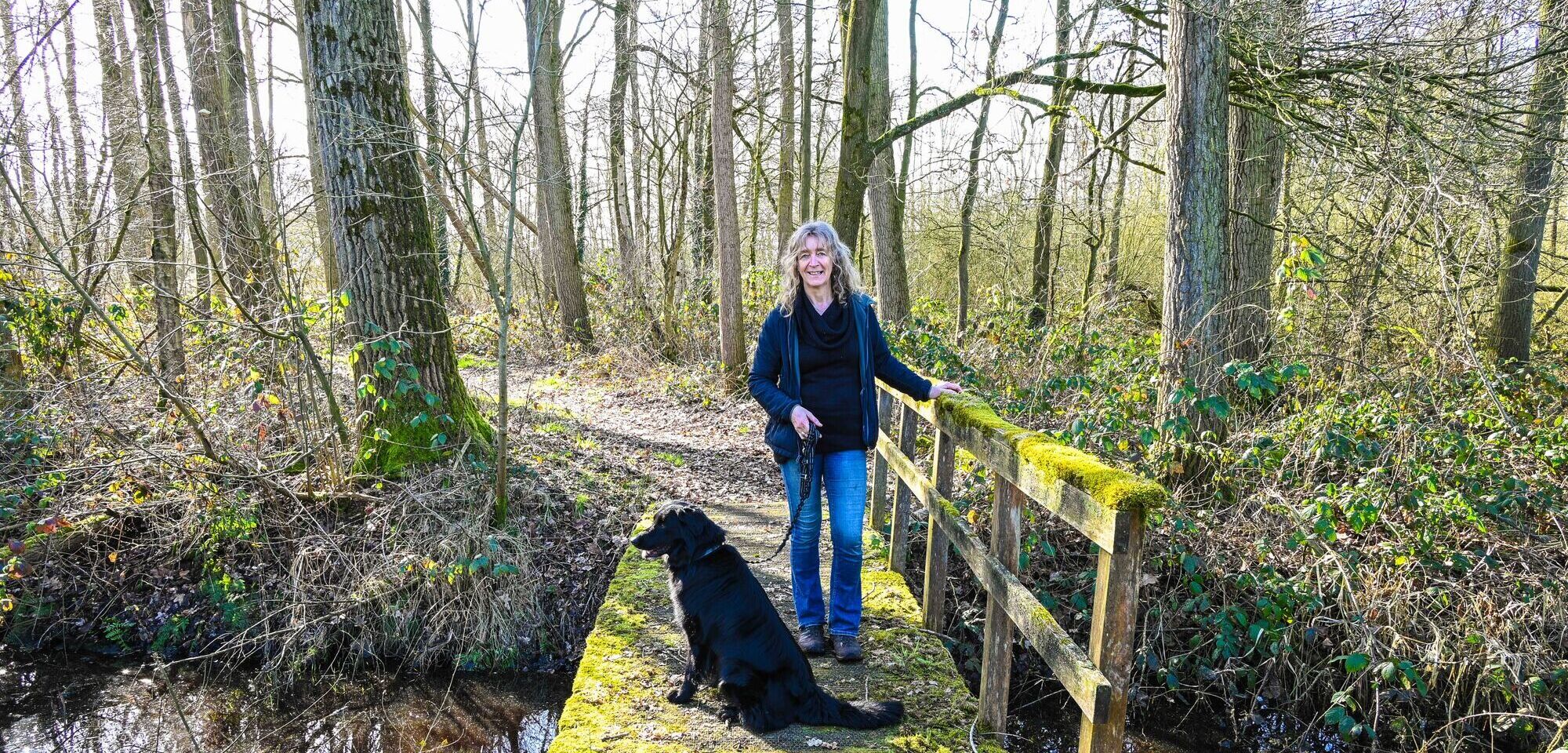
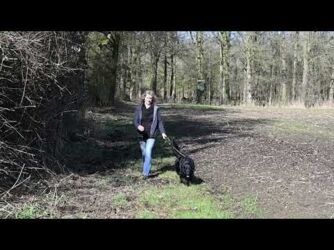
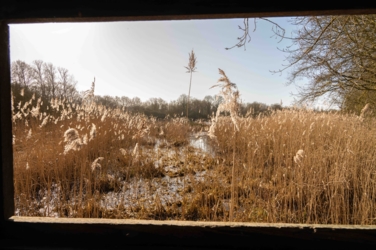 2025
2025 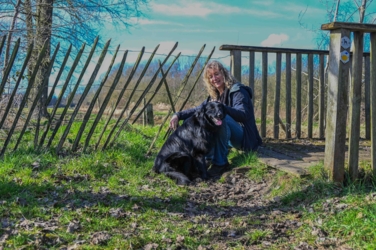 2025
2025 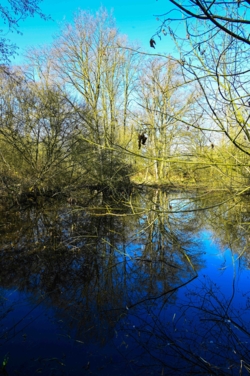 2025
2025 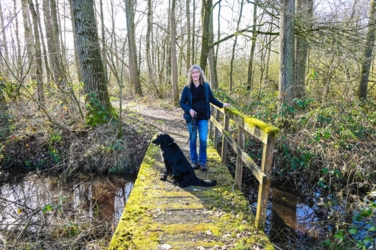 2025
2025 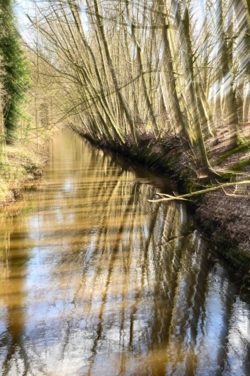 2025
2025 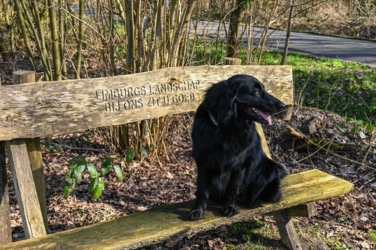 2025
2025 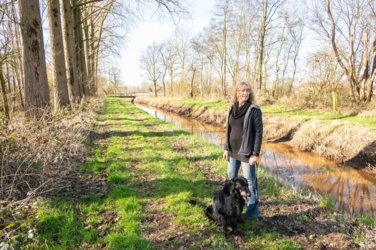 2025
2025 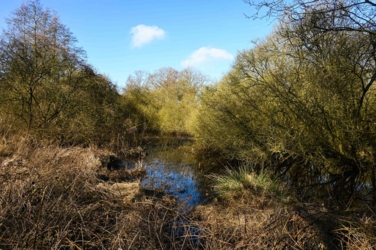 2025
2025 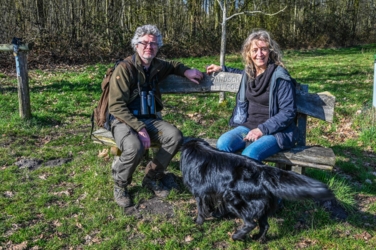 2025
2025 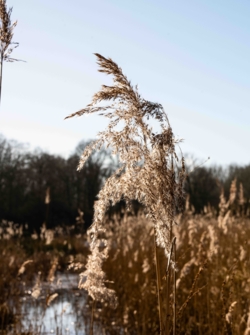 2025
2025 